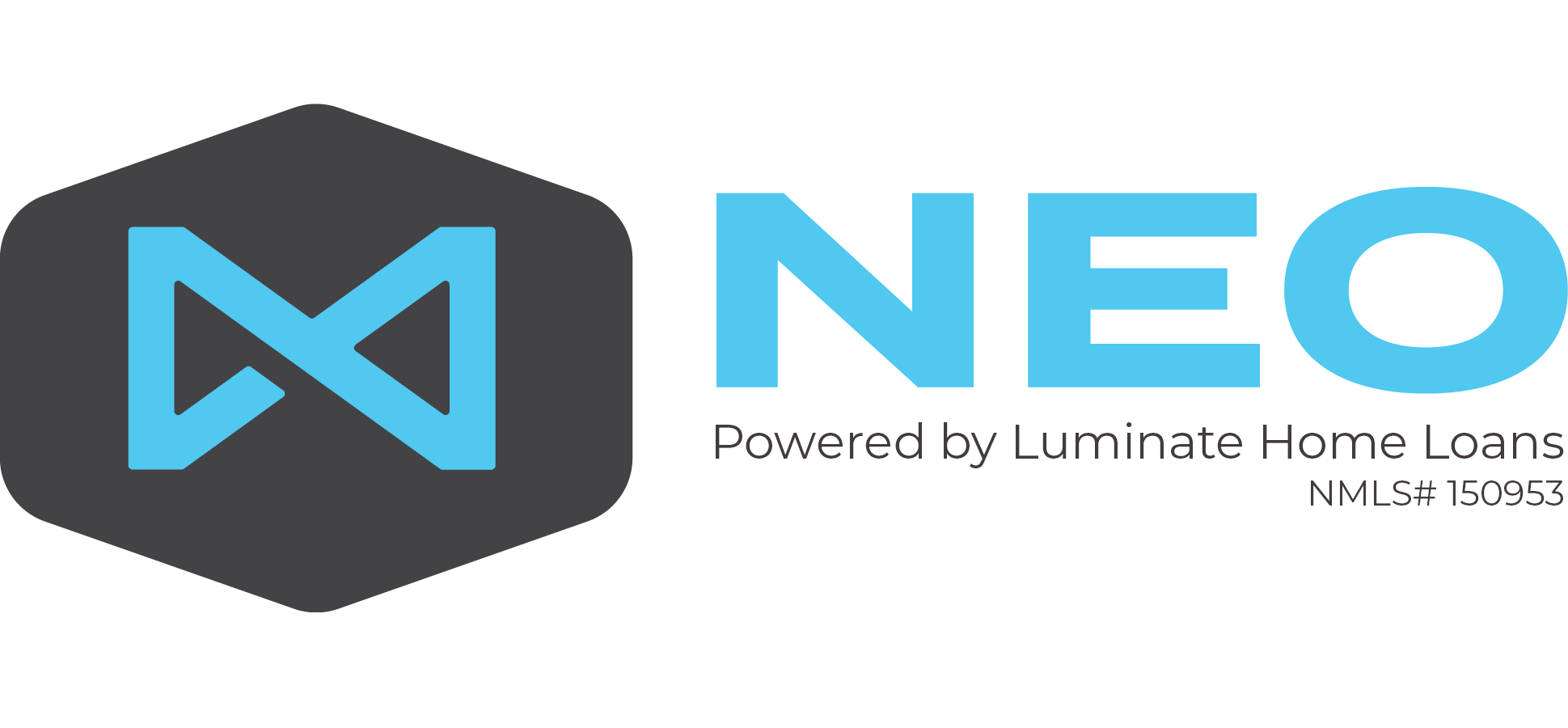I often get calls asking, “What’s your rate?” Unfortunately, it is not that simple. Mortgage rates depend on many factors including decisions made by you. Let’s dig in and I will explain what I mean.
There is a short YouTube Video, Mortgage and Interest Rates Explained that caught my attention. I watched the video and it has some general information that is helpful about how interest rates can impact your payment, locking your rate, buying your rate down, etc. but it didn’t really cover the details of how mortgage rates work, so I thought I would create it for you.
The Market
The number one factor in determining rates is the market. Mortgage rates vary every day and throughout the day. Rates have been as high as about 15% in the early 80s to as low as about 3.25% in late 2013. But what is “the market”?
The market is the economy, the stock market, the bond market, the government influence, even other country’s economic state. All of those things make up the market an influence changes in mortgage rates. Typically, the best measuring stick to determine the direction that mortgage rates are headed is the 10-year treasury bond.
Bonds move in the opposite direction of mortgage rates. So when bonds are going up, rates are going down. This is exactly what I do to provide insight to my customers on which direction rates are headed – I subscribe to a rate/bond monitoring service that provides be a prediction for the market. Please be aware it is exactly that – a prediction. No one can accurately predict what the market will do consistently because there are too many factors and unknowns. Here is a snapshot of yesterday’s lock advice based on what was occurring in the market:

What this shows you is where rates are at right now (compared to yesterday), where this service believes rates are headed for the day and how volatile rates are, or how quickly the market will move. Based on the above chart you can see that rates were, maybe, just slightly better than yesterday and trending just slightly better throughout the day with very little volatility. So, how did the day end up? Better but barely…as predicted.
This chart may provide some sens of false security however. The market is never as simple as three gauges. The market is complex. The market is always moving. The market is unpredictable. Every so often we will get a warning stating, “Warning! Negative Trend Reversal” or “Worsening Alert“. These notifications tell us that the market is adjusting and rates are expected to go up, many times without warning.
The market is the most unpredictable, uncontrollable and largest factor in your interest rate. Just remember, don’t worry about what you can control…instead let’s focus on something that is within your control.
Loan Level Price Adjustments
Mortgage rates have prices. The price shows the amount of cost or credit (based on a percentage of your loan amount) associated with a particular rate. A PAR rate is a rate that has neither a cost nor a credit. PAR rates, although they occur sometimes that are actually less common than non-PAR rates. Here is an example of how a typical rate sheet might look (the below example is merely an example and is not based on current rates or any particular situation- I made it up):
- 3.500% rate, 1.125% cost
- 3.625% rate, 0.750% cost
- 3.750% rate, 0.375% cost
- 3.875% rate, 0.125% credit
- 4.000% rate, 0.375% credit
- 4.125% rate, 0.625% credit
Although this is an example, this shows you a few things. First, the lower you go in rate the higher the cost is to obtain that rate. Second, the difference in costs or credits are not consistent. In other words, a 0.125% difference in rate does not always cost .25% or .375%, it varies. What you will also notice in this example is there is not a PAR rate. The closest options are 3.750% with a 0.375% cost or 3.875% with a 0.125% credit.
I share this with you to explain how loan level price adjustments work. Loan level price adjustments are adjustments to either rate or price (costs or credits) based on your particular loan scenario. Typical adjustments may include (but not limited to):
- Purchase vs Refinance
- Loan Amount
- Loan-to-Value
- Debt-to-Income
- Property Type (Condo, Townhome or Single Family Home)
- Credit Score
All of these types of criteria will either provide a credit or a cost to the rate sheet of the day. For example, a 90% loan-to-value may have a price hit of .125%. What this means is the 3.875% rate that used to have a 0.125% credit will now be PAR or 0.000% cost/credit.
Discount Points or Premium Pricing
The last part in determining the rate, cost or credit you get is based on your own choice. You may choose to pay discount points or to premium price your mortgage.
Discount Points
Discount points are what allow you to pay a fee to get a lower rate, or “buy down” your rate. Using the example rate sheet above, if you wanted the 3.500% rate, assuming no loan level price adjustments, you would need to pay 1.125% discount points. Again, the cost to buy down your rate will vary based on the market and many other factors making the cost to buy down your rate different every day and every situation.
Premium Pricing
Think of premium pricing as the opposite of discount points. Instead of buying down your rate you can increase your rate to lower your closing costs. Using the example rate sheet above if you obtained a 4.125% rate you would be premium pricing 0.625%. This means that instead of buying down your rate with higher costs you are lowering your costs by getting a higher rate.
Discount Points vs Premium Pricing
So which is better – discount points or premium pricing? It depends…of course. It depends on your situation. Discount points are typically better in the long term. You pay a fee up front to save over the entire length of your mortgage. Premium pricing, on the other hand, is better in the short term. You save up front but pay for it over the term of your mortgage. Your loan officer should be able to assist you with calculating the break even point with either discount points or premium pricing to assist you in identifying which is better for you.





